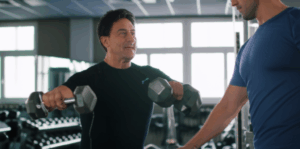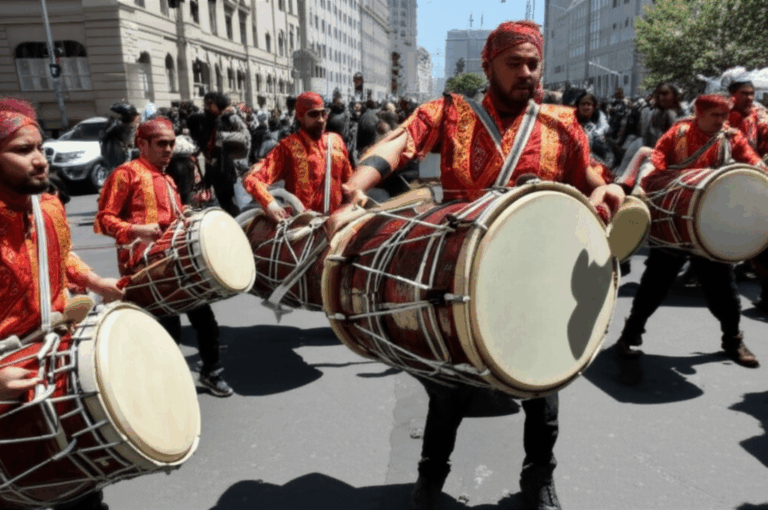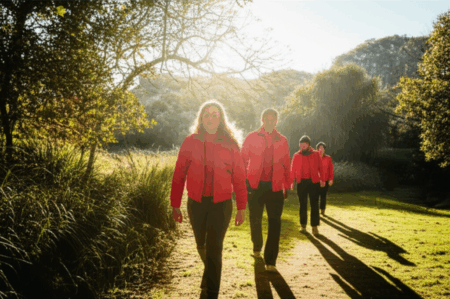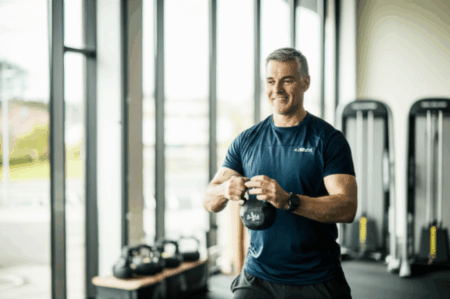As the vibrant beats of Dhol-Tasha begin to resonate through the air, signaling the approaching Ganeshotsav, many in Maharashtra don’t just hear music – they hear the call to an unparalleled fitness regimen. Beyond the spiritual and cultural significance, participating in Dhol-Tasha rehearsals offers a rigorous, full-body workout that rivals traditional gym sessions, building strength, endurance, and mental well-being in a unique communal setting.
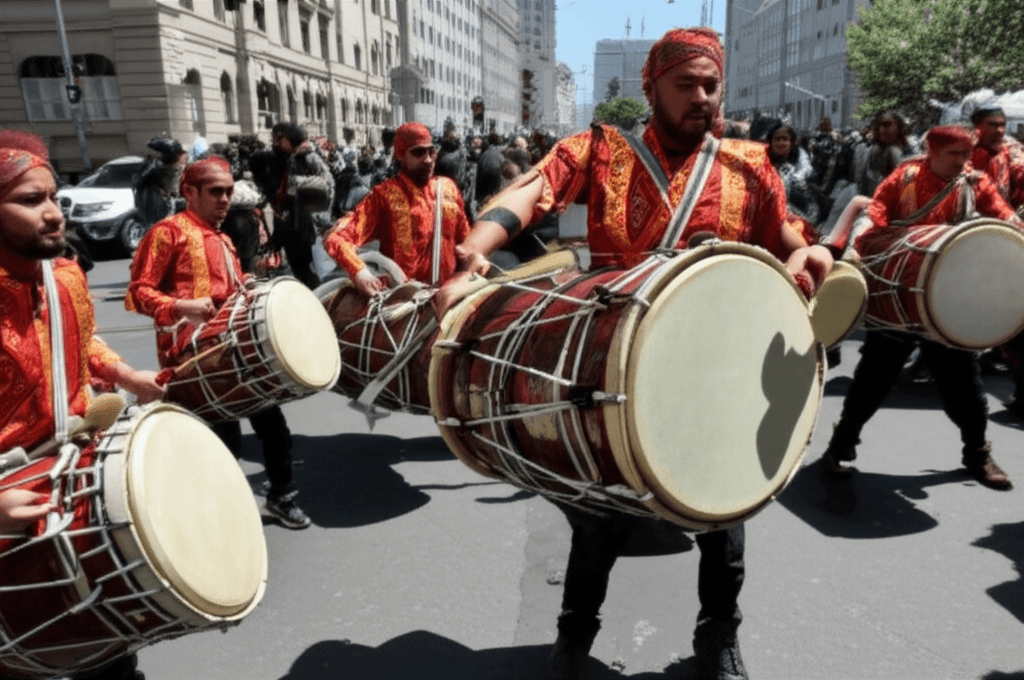
What is Dhol-Tasha and its Cultural Pulse?
Dhol-Tasha refers to a powerful percussion ensemble integral to Maharashtrian culture, especially during the Ganesh festival. The ‘dhol’ is a large, double-sided barrel drum played with a stick and hand, while the ‘tasha’ is a kettle drum played with two sticks, producing a sharp, rhythmic sound. This traditional music form, dating back to the Maratha era when it was used to motivate soldiers during wars, became a prominent part of Ganeshotsav celebrations in the mid-1960s, fostering unity and amplifying joy. Playing Dhol-Tasha is not merely a performance; it is a form of devotion and a celebration of rich cultural heritage.
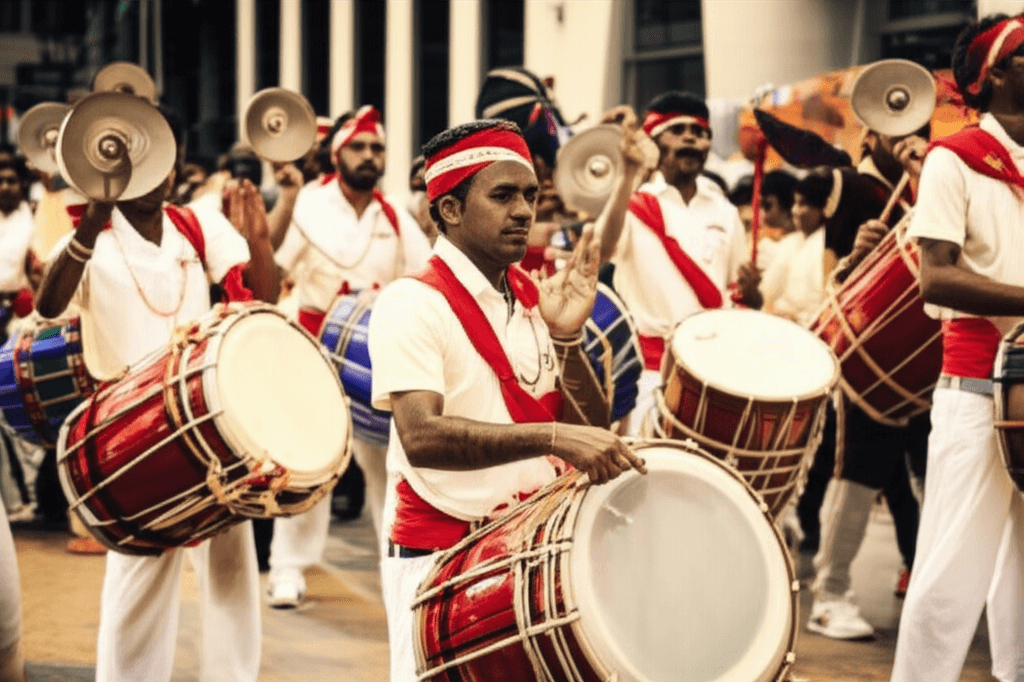
Dhol-Tasha: A Holistic Full-Body Fitness Regimen
Forget the monotony of the gym; Dhol-Tasha rehearsals engage nearly every muscle group, transforming festive preparation into an intense physical challenge. Fitness experts and participants alike attest to its comprehensive benefits, often surpassing typical cardio and strength training.
Intense Cardiovascular and Stamina Boost
The vigorous and rhythmic drumming involved in Dhol-Tasha elevates the heart rate significantly, making it an excellent cardiovascular workout. Sustained effort is required to maintain the continuous drumming, which naturally improves stamina and endurance over time. Participants can expect to burn a substantial number of calories; an hour of Dhol-Tasha can result in a loss of 400 to 1000 calories, with intense four-hour training sessions potentially burning up to 2000 calories. This high-intensity activity helps in weight management and builds overall fitness.
Strengthening Core and Upper Body Muscles
The physical demands of playing Dhol and Tasha are considerable. A dhol can weigh between 17 to 18 kilograms, and players often carry it for several hours during practice and processions. This requires immense core strength, strong arms, shoulders, and forearms. The repetitive drumming action specifically works the muscles in these areas, leading to toning and strengthening. “Upper body and core strength are a must to play the dhol,” explains Swara Rangnekar, a female dhol player from Shivagarjana Pathak, noting that even lifting and walking with the drum is a full-body task. Physiotherapist Dr. Soham Sonis emphasizes that holding a heavy instrument, walking long distances, and playing continuously demand a strong mix of core stability, upper body endurance, and aerobic capacity.
Engaging Lower Body and Enhancing Coordination
While the upper body and core are primarily engaged, the dynamic movements, footwork, and constant standing involved in Dhol-Tasha performances also provide a workout for the back, legs, and calves. This full-body engagement contributes to better posture and balance. Furthermore, coordinating both hands to produce different rhythms on the drums significantly enhances hand-eye coordination and fine motor skills.

Mental Wellness and Community Connection
The benefits of Dhol-Tasha extend beyond the physical. The rhythmic beats and vibrations have a calming effect, contributing to stress reduction and improved mental well-being. Participants often report improved concentration and focus. The communal aspect of Dhol-Tasha pathaks (groups) is also a powerful driver of mental and emotional health, fostering a sense of unity, teamwork, and social connection. The shared experience and collective spirit can provide a significant dopamine boost.
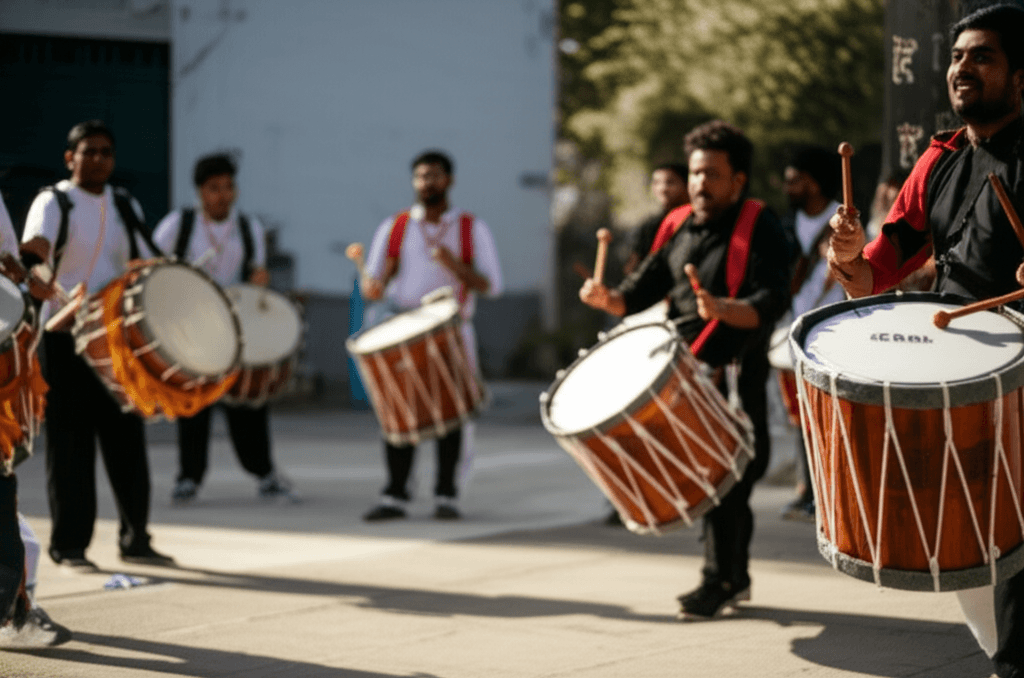
Preparing for Your Dhol-Tasha Fitness Journey
To safely embrace Dhol-Tasha as a fitness activity, preparation is key:
Gradual Progression and Proper Technique
Dhol-Tasha requires significant dedication and strength. Pathaks typically begin rehearsals a couple of months before Ganeshotsav, starting with a few sessions a week and increasing frequency to daily practice closer to the festival. Beginners should allow their bodies to gradually adapt to the intensity.
The Importance of Warm-ups and Cool-downs
As with any intense physical activity, warming up before and stretching after rehearsals is crucial to prevent injuries. Orthopedic surgeon Dr. Aniruddha Page stresses the importance of these precautionary measures.
Hydration and Nutrition
Maintaining proper hydration throughout the intense practice sessions is vital. Additionally, fueling the body with adequate nutrition, including protein for muscle recovery and energy, is essential, especially given the prolonged duration of rehearsals, which can last three to four hours.
Listen to Your Body
While the enthusiasm is infectious, medical experts caution against overexertion. Prolonged Dhol-Tasha playing, especially by those unaccustomed to the physical demands, can lead to muscle injuries, back pain, wrist and elbow pain, swelling, and in rare cases, even more severe issues. It is important to listen to your body, take rest when needed, and seek medical advice if experiencing persistent pain or discomfort.
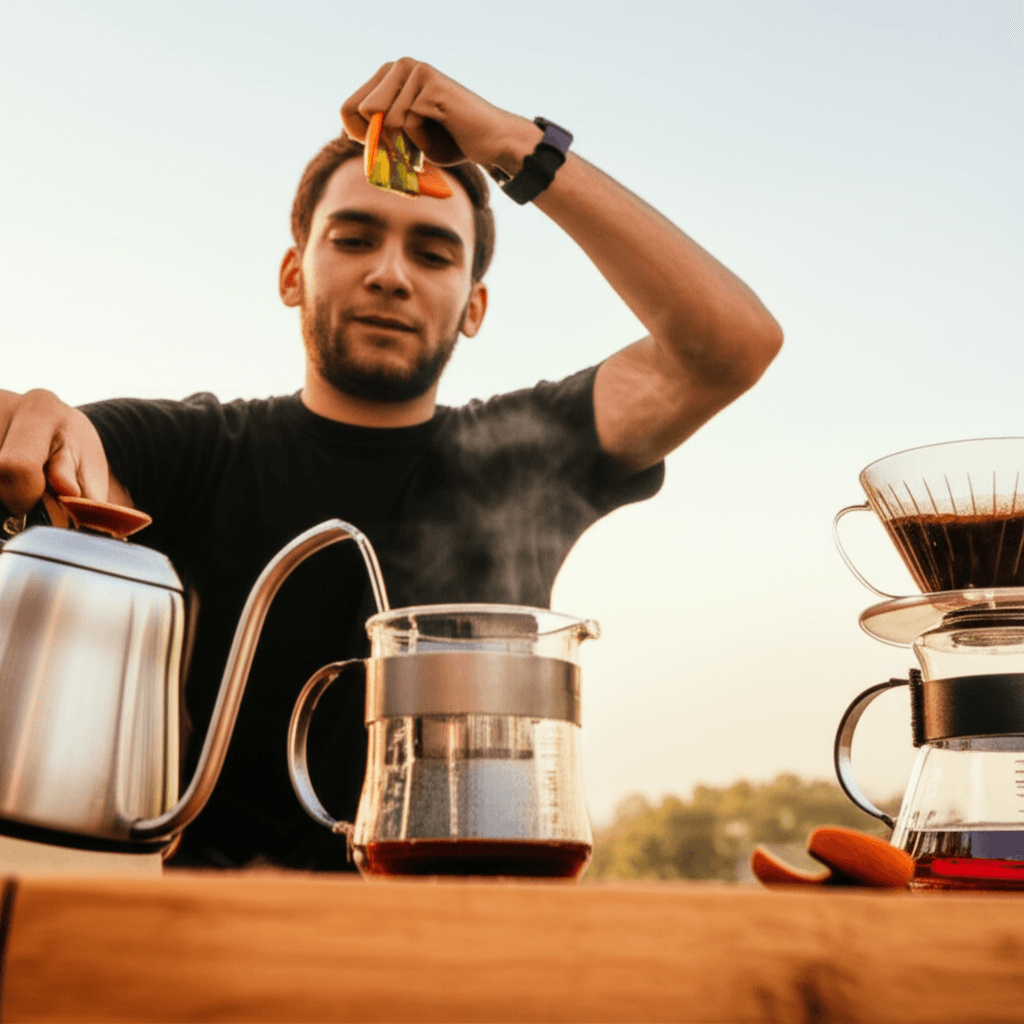
Embrace the Rhythm of Fitness This Ganeshotsav
This Ganeshotsav, consider transcending traditional workouts and immerse yourself in the exhilarating world of Dhol-Tasha rehearsals. It’s a unique opportunity to achieve remarkable fitness, connect with a rich cultural heritage, and experience the joy of collective celebration. By combining dedication with proper precautions, you can truly unlock your fitness potential and make this festive season a truly transformative experience for both body and mind.


